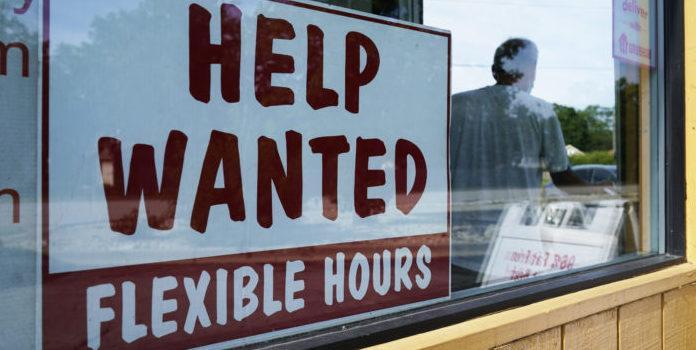(Casey Harper, The Center Square) The U.S. economy added 263,000 nonfarm jobs last month, the lowest number of total new jobs for a month all year.
The U.S. Bureau of Labor Statistics released the data, which showed the unemployment rate declined slightly to 3.5%.
“The unemployment rate edged down to 3.5 percent in [Sept.], returning to its July level,” BLS said. “The number of unemployed persons edged down to 5.8 million in [Sept.]”
That rate varies by demographic.
“Among the major worker groups, the unemployment rate for Hispanics decreased to 3.8 percent in [Sept.],” BLS said.
“The jobless rates for adult men [3.3 percent], adult women [3.1 percent], teenagers [11.4 percent], whites [3.1 percent], blacks [5.8 percent], and Asians [2.5 percent] showed little change over the month.”
The number of part-time workers who couldn’t find a full-time job decreased as well.
“The number of persons employed part-time for economic reasons decreased by 306,000 to 3.8 million in [Sept.]. These individuals, who would have preferred full-time employment, were working part-time because their hours had been reduced or they were unable to find full-time jobs,” BLS said.
“The number of persons not in the labor force who currently want a job was little changed at 5.8 million in [Sept.] and remains above its [Feb.] 2020 level of 5.0 million. These individuals were not counted as unemployed because they were not actively looking for work during the 4 weeks preceding the survey or were unavailable to take a job.”
Democrats and some economists touted the economic numbers, but the Dow dropped 400 points immediately after their release.
“Among those not in the labor force who wanted a job, the number of persons marginally attached to the labor force was little changed in [Sept.] at 1.6 million,” BLS said.
“These individuals wanted and were available for work and had looked for a job sometime in the prior 12 months but had not looked for work in the 4 weeks preceding the survey. The number of discouraged workers, a subset of the marginally attached who believed that no jobs were available for them, increased by 119,000 to 485,000 in [Sept.].”

